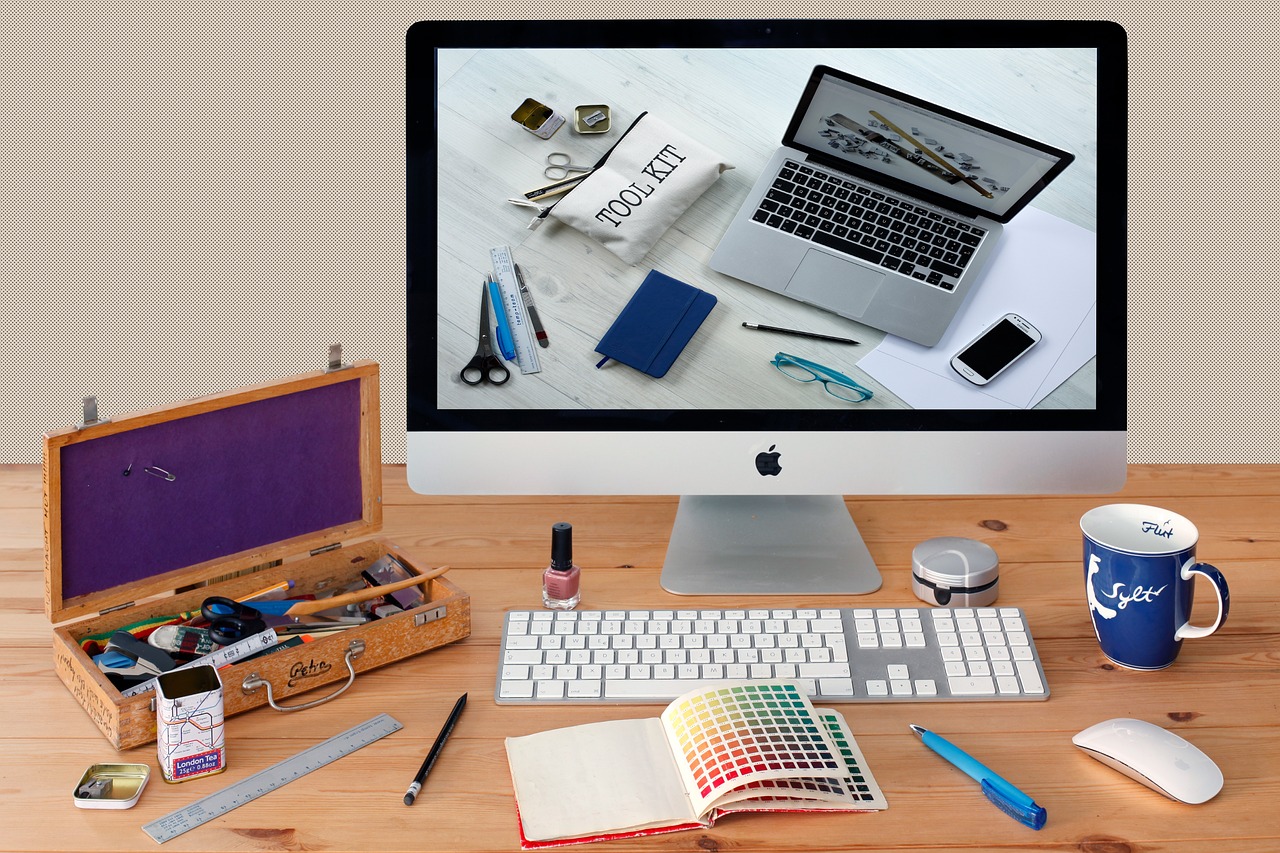A brochure can be a powerful marketing tool, providing potential customers with information about your products or services. However, designing an effective brochure design requires more than simply throwing some text and images onto a page.
The layout, colors, and overall brochure design can significantly affect how well your target audience receives it.
Choosing the right design for your brochure can be critical to its success. Here are a few things to keep in mind when selecting the right design for your business:

1. Consider your target audience
One of the most critical elements of effective brochure design is choosing a layout and style that appeals to your target audience. For instance, if you’re trying to reach a young, hip crowd, you’ll want to avoid a staid, corporate-looking design.
Likewise, if you’re targeting seniors, you’ll want to use clear, easy-to-read fonts and ample white space. By taking the time to consider who you’re trying to reach, you can ensure that your brochure makes the right impression and helps you achieve your marketing goals.
2. Keep it simple
When it comes to creative brochure design, less is more. A busy, cluttered design will overwhelm potential customers and make it difficult for them to find the information they need.
On the other hand, a clean, straightforward layout will highlight your key messages and make it easy for readers to understand your product or service. In addition, a simple design is much easier and cheaper to produce than a complex one, so if you want to create a brochure that will get results, keep it simple.
3. Use high-quality images
A well-designed brochure can help promote your products or services, build brand awareness, and generate leads. But if your brochure is effective, you must use high-quality images.
Low-quality images are often pixelated or blurry, which makes them look unprofessional. In addition, they can be challenging to print clearly, resulting in a final product that looks bad and does not accurately represent your business.
On the other hand, high-quality images are sharp and clear, making them easy to print and giving your brochure a professional appearance. They also help you communicate your message more effectively, leading to better results.
So if you’re looking to create a brochure that will make a lasting impression and use high-quality images, they’ll help ensure that your brochure leaves a positive impression on everyone who sees it.

4. Stick to a limited color palette
There are many reasons you might want to stick to a limited color palette for the best brochure design. For one thing, too many colors can be overwhelming and make it difficult for people to focus on the message you’re trying to communicate. It can also make your brochure look “busy” and unprofessional.
Additionally, a limited color palette can help create a more cohesive and unified look for your brochure. This can make it more visually appealing and increase the likelihood that people will read it. Finally, using a limited color palette can help you save money on printing costs. So, stick to a limited color palette to create a compelling and professional-looking brochure. Your business will thank you for it!
5. Pay attention to typography
Though it may be tempting to overlook the finer details in favor of the big picture, typography is an essential element of brochure design. A suitable typeface can help convey your message’s tone, while the wrong one can quickly turn off potential customers.
In addition, careful use of white space and text hierarchy can make a big difference in legibility and overall appeal. Attention to typography will ensure that your brochure makes the best possible impression on potential clients and customers.
6. Use a call to action
When it comes to brochure design, one of the essential elements to consider is the call to action (CTA). A well-designed CTA can be the difference between a successful marketing campaign and one that falls flat. While there are many factors to consider when choosing a CTA, there are a few key things to keep in mind.
First, the CTA should be clear and concise. It should be easy for your target audience to understand what you want them to do. Second, the CTA should be specific. Generic CTAs like “click here” or “learn more” are unlikely to encourage people to take action. Third, the CTA should be relevant to your product or service. Your audience is more likely to take action if they see how it will benefit them.
Finally, the CTA should be motivating. Use strong language that compels people to take action. Following these guidelines can create a compelling CTA to help you achieve your marketing goals.

7. Get a professional opinion
A brochure is an important marketing tool for any business. It can promote products or services, provide information about your company, and attract customers. When it comes to design, there are many different options to choose from. While it is possible to create a brochure on your own, it is often best to seek out the help of a professional.
A professional brochure maker will have the experience and knowledge to create a compelling and stylish brochure. In addition, they will be able to guide how to utilize your brochure best to achieve your marketing goals. Ultimately, working with a professional can help ensure that your brochure positively impacts your business.
The easier way to choose the right brochure design
Now that you know how to choose the right brochure design for your business, it’s time to start your project. Keep these tips in mind as you begin, and you’ll be well on creating a brochure that’s sure to impress. Good luck!
